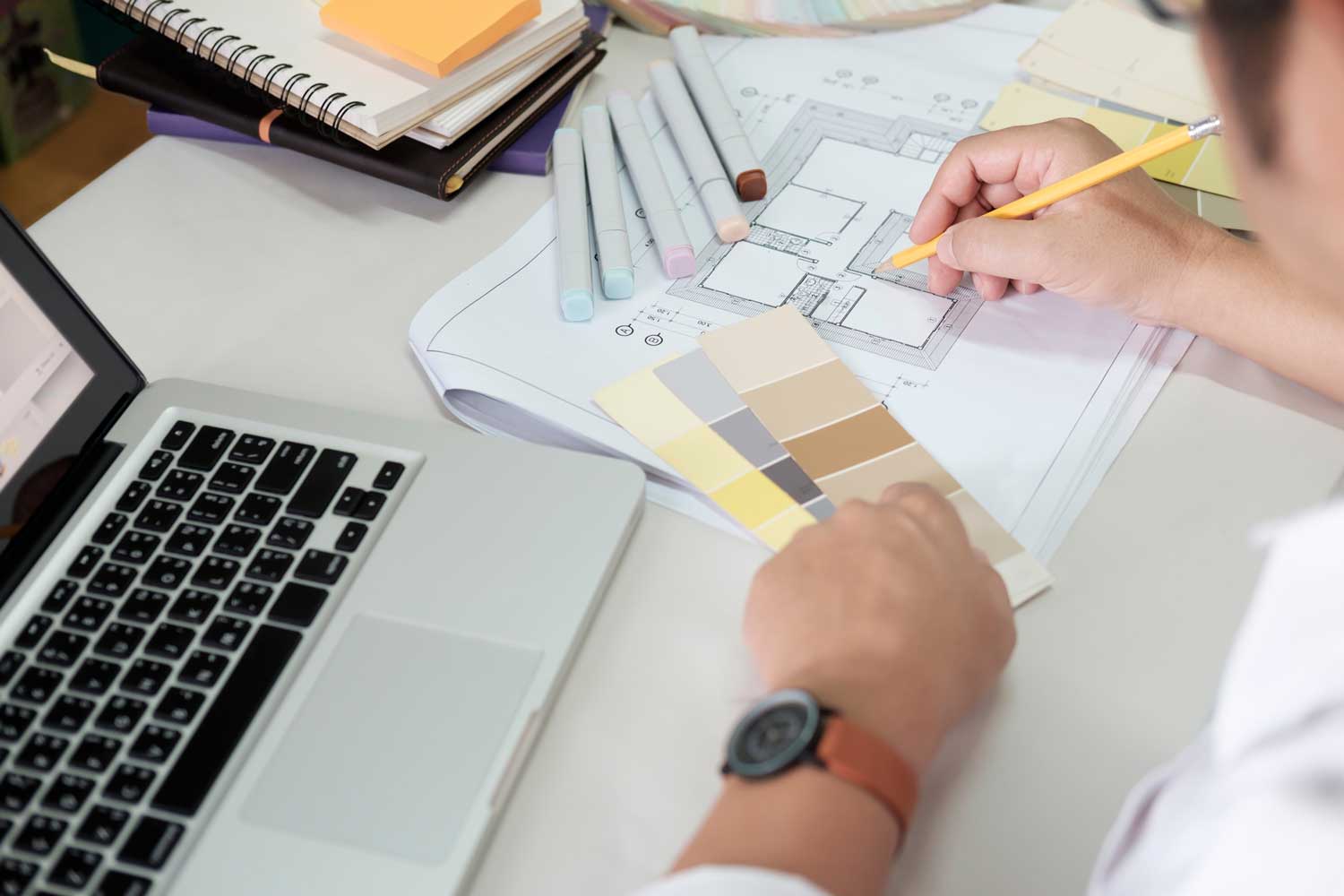In today’s world, eco-friendly houses are becoming increasingly popular. As people become more aware of their environmental impact, the demand for sustainable construction has surged. But what exactly are eco-friendly houses, and why are they so important? This article delves into the essence of sustainable construction and explores the benefits and principles of building eco-friendly homes. We’ll also highlight the importance of using green building materials in the construction process.
WHAT MAKES A HOUSE ECO-FRIENDLY?
Eco-friendly houses, also known as green homes, are designed with the environment in mind. These homes incorporate various elements to reduce their ecological footprint and promote a healthier living space. Key aspects include:
1. ENERGY EFFICIENCY
Eco-friendly houses prioritize energy efficiency through insulation, energy-efficient windows, and renewable energy sources like solar panels. This not only reduces energy consumption but also lowers utility bills.
2. USE OF SUSTAINABLE MATERIALS
Sustainable construction relies on materials that are renewable, recyclable, and have a low environmental impact. This includes bamboo flooring, recycled steel, and reclaimed wood, contributing to a healthier environment and reducing waste. Using green building materials is crucial in minimizing the environmental footprint.
3. WATER CONSERVATION
Water-saving technologies such as low-flow faucets, dual-flush toilets, and rainwater harvesting systems are integral to eco-friendly houses. These features help conserve water, an increasingly scarce resource.
4. INDOOR ENVIRONMENTAL QUALITY
A healthy indoor environment is a hallmark of eco-friendly houses. This includes proper ventilation, non-toxic building materials, and ample natural light, all contributing to better indoor air quality and overall well-being.
THE BENEFITS OF ECO-FRIENDLY HOUSES
1. ENVIRONMENTAL IMPACTS
Eco-friendly houses significantly reduce the carbon footprint by utilizing sustainable construction practices. This helps combat climate change and preserves natural resources for future generations. The use of green building materials further enhances this benefit.
2. HEALTH BENEFITS
Homes built with non-toxic materials and good ventilation promote better health by reducing exposure to harmful chemicals and improving indoor air quality.
3. ECONOMIC ADVANTAGES
While the initial cost of sustainable construction may be higher, eco-friendly houses offer long-term savings through lower energy and water bills. Additionally, many governments provide incentives for building green homes, further offsetting costs.
KEY FEATURE OF SUSTAINABLE CONSTRUCTION
1. RENEWABLE ENERGY SOURCES
Utilizing renewable energy sources such as solar, wind, and geothermal power is a cornerstone of sustainable construction. These energy sources reduce reliance on fossil fuels and decrease greenhouse gas emissions.
2. INSULATION AND THERMAL MASS
Proper insulation and thermal mass materials help maintain a stable indoor temperature, reducing the need for heating and cooling. This improves energy efficiency and comfort.
3. SUSTAINABLE BUILDING MATERIALS
Using materials like bamboo, recycled metal, and reclaimed wood minimizes environmental impact and supports the principles of sustainable construction. The focus on green building materials ensures that the materials used are not only environmentally friendly but also durable and cost-effective.
4. WATER SAVING TECHNOLOGIES
Incorporating water-saving technologies like rainwater harvesting systems and grey-water recycling ensures efficient use of water resources, which is crucial for sustainability.
DESIGN PRINCIPLES FOR ECO-FRIENDLY
1. PASSIVE SOLAR DESIGN
Passive solar design maximizes natural sunlight for heating and lighting, reducing energy consumption and creating a comfortable living environment.
2. NATURAL VENTILATION
Designing homes with natural ventilation reduces the need for air conditioning and improves indoor air quality by allowing fresh air to circulate.
3. EFFICIENT LIGHTING AND APPLIANCES
Using energy-efficient lighting and appliances reduces electricity consumption, contributing to the home’s overall sustainability.
INNOVATIVE TECHNIQUES IN SUSTAINABLE CONSTRUCTION
1. GREEN ROOFS AND WALLS
Green roofs and walls provide insulation, reduce stormwater runoff, and improve air quality, making them a valuable addition to eco-friendly houses.
2. RAINWATER HARVESTING SYSTEMS
Rainwater harvesting systems collect and store rainwater for non-potable uses like irrigation and toilet flushing, conserving potable water.
3. SMART HOME TECHNOLOGIES
Smart home technology optimizes energy use through automated systems that control lighting, heating, and cooling, enhancing comfort and efficiency.
CHALLENGES AND SOLUTIONS IN SUSTAINABLE CONSTRUCTION
1. COMMON OBSTACLES
Sustainable construction faces challenges such as higher initial costs, limited availability of sustainable materials, and regulatory hurdles. The emphasis on green building materials is essential to overcoming these obstacles.
2. PRACTICAL SOLUTIONS
Solutions include government incentives, increased awareness and education, and advancements in green technology that make sustainable construction more accessible and affordable.
HOW TO START BUILDING ECO-FRIENDLY HOUSE?
1. PLANNING AND DESIGNS
Begin with a clear plan and design that incorporates sustainable construction principles. Consult with experts to ensure your vision aligns with eco-friendly practices.
2. FINDING THE RIGHT MATERIALS
Source materials that are renewable, recyclable, and have low environmental impact. Research suppliers and products to ensure they meet sustainability standards. Focus on green building materials for the best results.
3. HIRING THE RIGHT PROFESSIONALS
Engage architects, builders, and contractors experienced in sustainable construction to bring your eco-friendly house to life. Their expertise is crucial for successful implementation.
CONCLUSION
The future of construction lies in sustainability. Eco-friendly houses offer numerous benefits, from environmental impact to health and economic advantages. By embracing sustainable construction and utilizing green building materials, we can create homes that are not only beautiful and comfortable but also kind to the planet.
FAQs
– The cost varies depending on location, materials, and design, but it can be higher initially than traditional construction. However, long-term savings on energy and water bills often offset this cost.
– Yes, many existing homes can be retrofitted with sustainable features like energy-efficient windows, solar panels, and water-saving fixtures.
– The timeline varies, but is typically similar to traditional construction. Planning, sourcing materials, and integrating sustainable features can add some time.
– Generally, they are less expensive to maintain due to lower energy and water costs and the durability of sustainable materials.
– Many governments offer incentives such as tax credits, rebates, and grants to encourage sustainable construction practices.




